Page 3
CMS-SUS-24-002
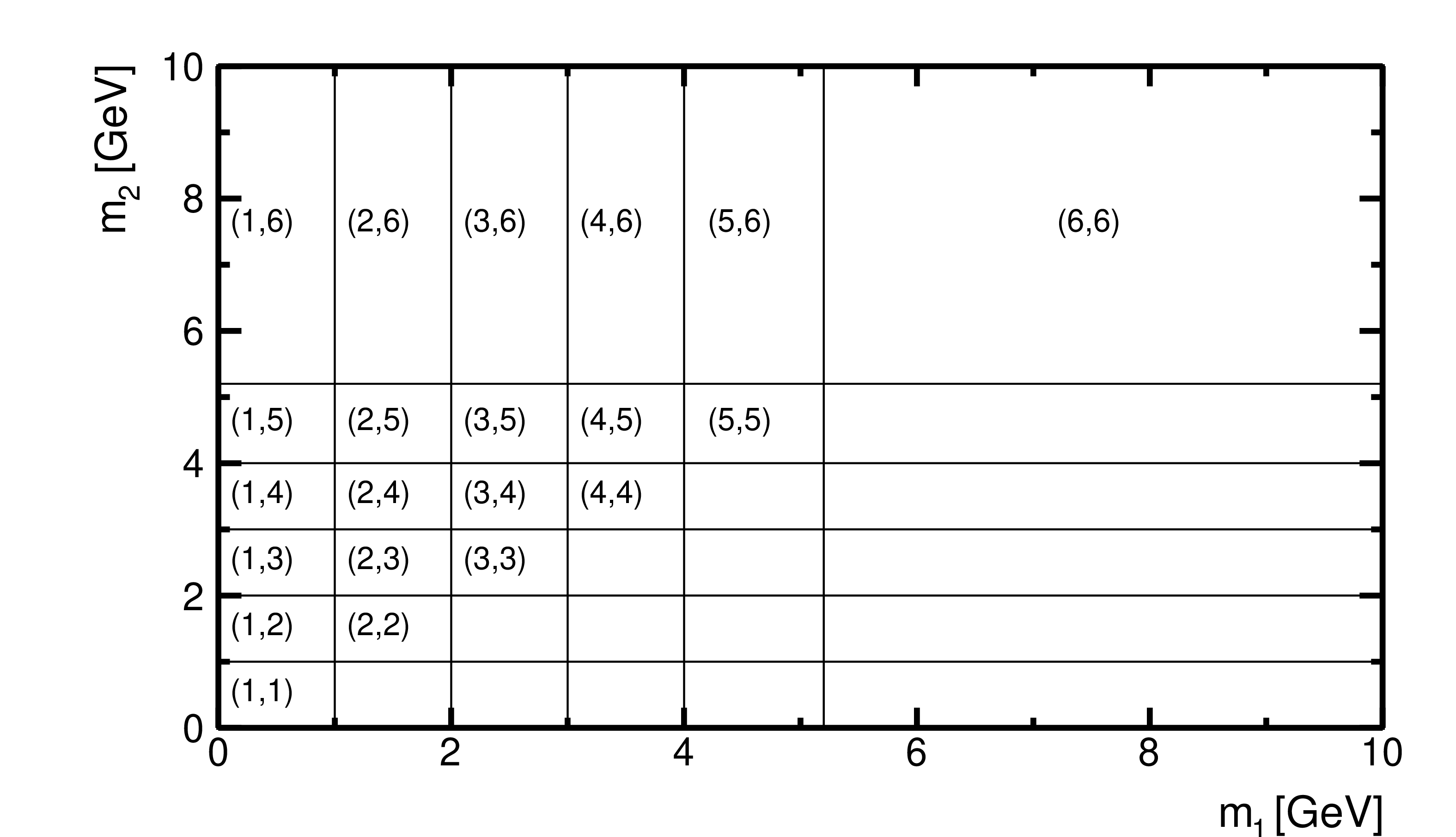
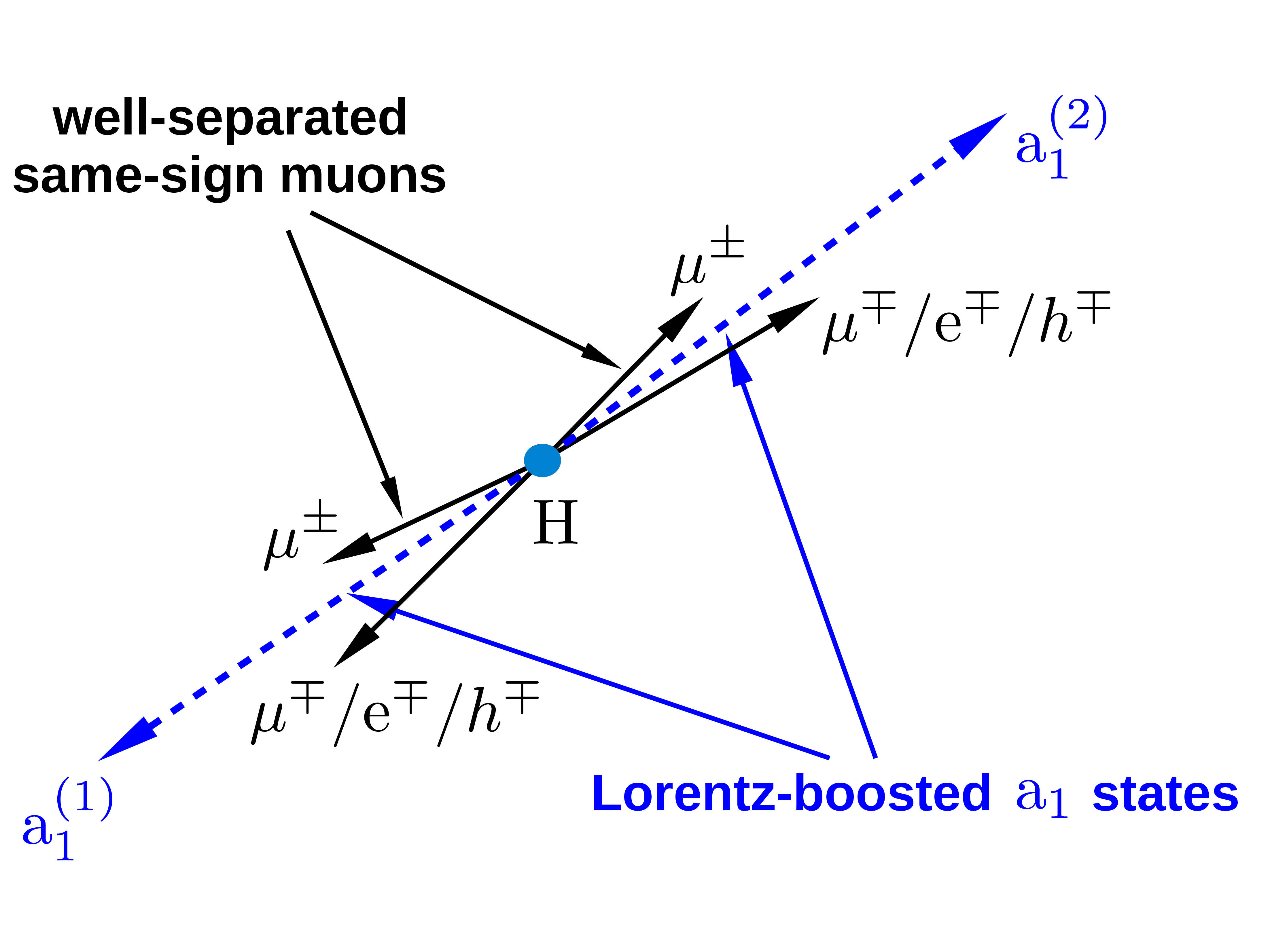
Page 1
Aug 14th, 2025
Page 2
CMS-SUS-24-002
Search for light pseudoscalar boson pairs produced from Higgs boson decays using the 4τ and 2μ2τ final states in proton-proton collisions at √s = 13 TeV
A search for a pair of light pseudoscalar bosons (a1) produced in the decay of the 125 GeV Higgs boson is presented. The analysis examines decay modes where one a1 decays into a pair of tau leptons and the other decays into either another pair of tau leptons or a pair of muons. The a1 boson mass probed in this study ranges from 4 to 15 GeV. The data sample was recorded by the CMS experiment in proton-proton collisions at a center-of-mass energy of 13 TeV and corresponds to an integrated luminosity of 138 fb−1. No excess above standard model (SM) expectations is observed. The study combines the 4τ and 2μ2τ channels to set upper limits at 95% confidence level (CL) on the product of the Higgs boson production cross section and the branching fraction to the 4τ final state, relative to the Higgs boson production cross section predicted by the SM. In this interpretation, the a1 boson is assumed to have Yukawa-like couplings to fermions, with coupling strengths proportional to the respective fermion masses. The observed (expected) upper limits range between 0.007 (0.011) and 0.079 (0.066) across the mass range considered. The results are also interpreted in the context of models with two Higgs doublets and an additional complex singlet field (2HD+S). The tightest constraints are obtained for the Type III 2HD+S model. In this case, assuming the Higgs boson production cross section equals the SM prediction, values of the branching ratio for the Higgs boson decay into a pair of a1 bosons exceeding 16% are excluded at 95% CL for a1 boson masses between 5 and 15 GeV and tanβ> 2, with the exception of scenarios in which the a1 boson mixes with charm or bottom quark-antiquark bound states.
Page 3
CMS-SUS-24-002


Page 4
CMS-SUS-24-002
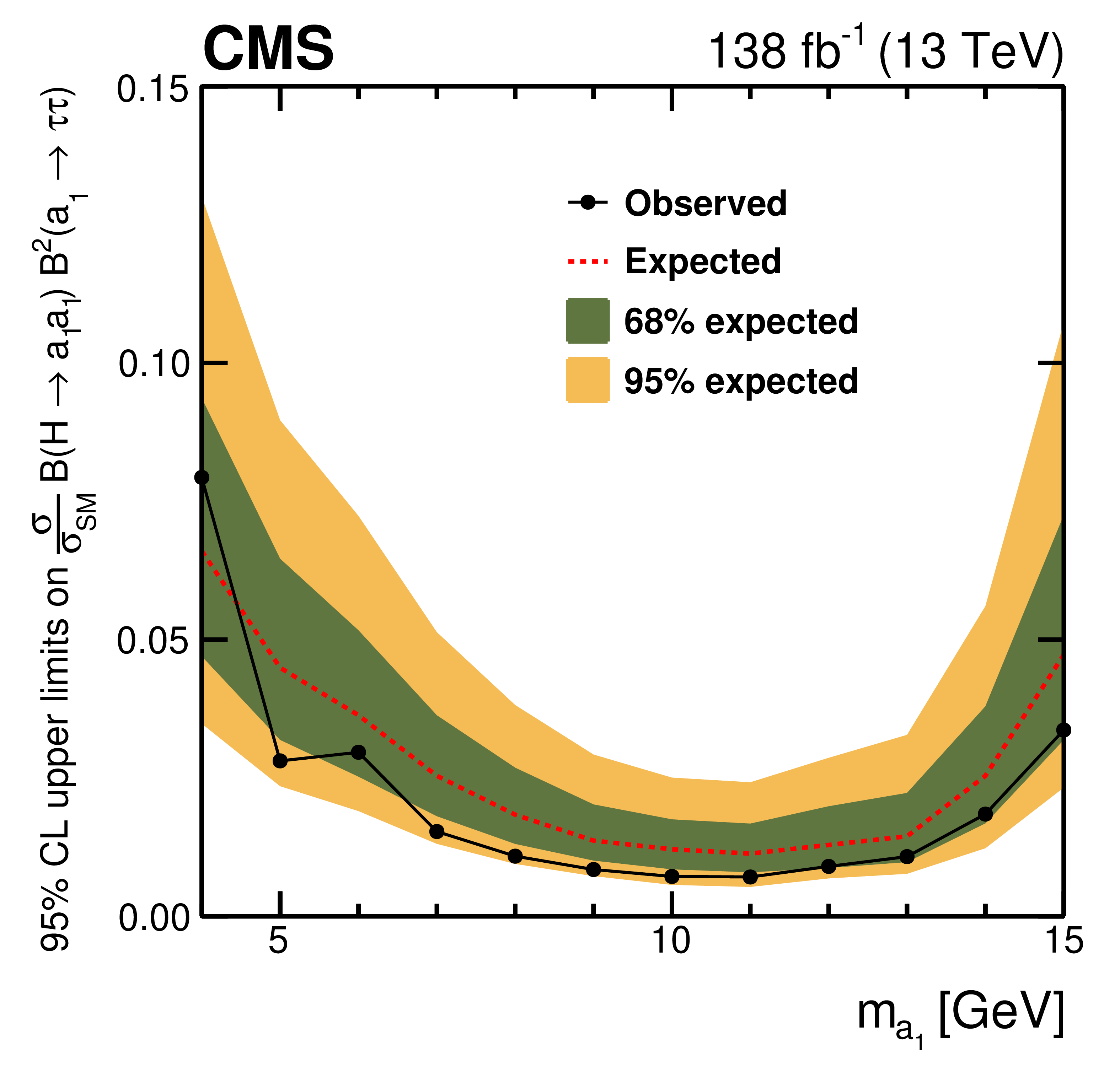
Page 5
CMS-SMP-23-003
Search for charged lepton flavor violating Z and Z' boson decays in proton-proton collisions at √s = 13 TeV
A search for flavor violating decays of the Z boson to charged leptons is performed using data from proton-proton collisions at √s= 13 TeV collected with the CMS detector at the LHC, corresponding to an integrated luminosity of 138 fb−1. Each of the decays Z→eμ, Z→eτ, and Z→μτ is considered. The data are consistent with the backgrounds expected from standard model processes. For the Z→eμ channel the observed (expected) 95% confidence level upper limit on the branching fraction is 1.9 (2.0)×10−7, which is the most stringent direct limit to date on this process; the corresponding limits for the Z→eτ and Z→μτ channels are 13.8 (11.4)×10−6 and 12.0 (5.3)×10−6, respectively. Additionally, the eμ final state is used to search for lepton flavor violating decays of Z' resonances in the mass range from 110 to 500 GeV. No significant excess is observed above the predicted background levels.
Page 6
CMS-EXO-24-004
Search for b hadron decays to long-lived particles in the CMS endcap muon detectors
A search for long-lived particles originating from the decay of b hadrons produced in proton-proton collisions with a center-of-mass energy of 13 TeV at the LHC is presented. The analysis is performed on a data set recorded in 2018, corresponding to an integrated luminosity of 41.6 fb−1. Interactions of the long-lived particles in the CMS endcap muon system would create hadronic or electromagnetic showers, producing clusters of detector hits. Selected events contain at least one such high-multiplicity cluster in the muon endcaps and require the presence of a displaced muon. The most stringent upper limits to date on the branching fraction B(B→KΦ), where the long-lived particle Φ decays to a pair of hadrons, are obtained for Φ masses of 0.3-3.0 GeV and Φ mean proper decay lengths in the range of 1-500 cm.
Page 7
CMS-EXO-24-004
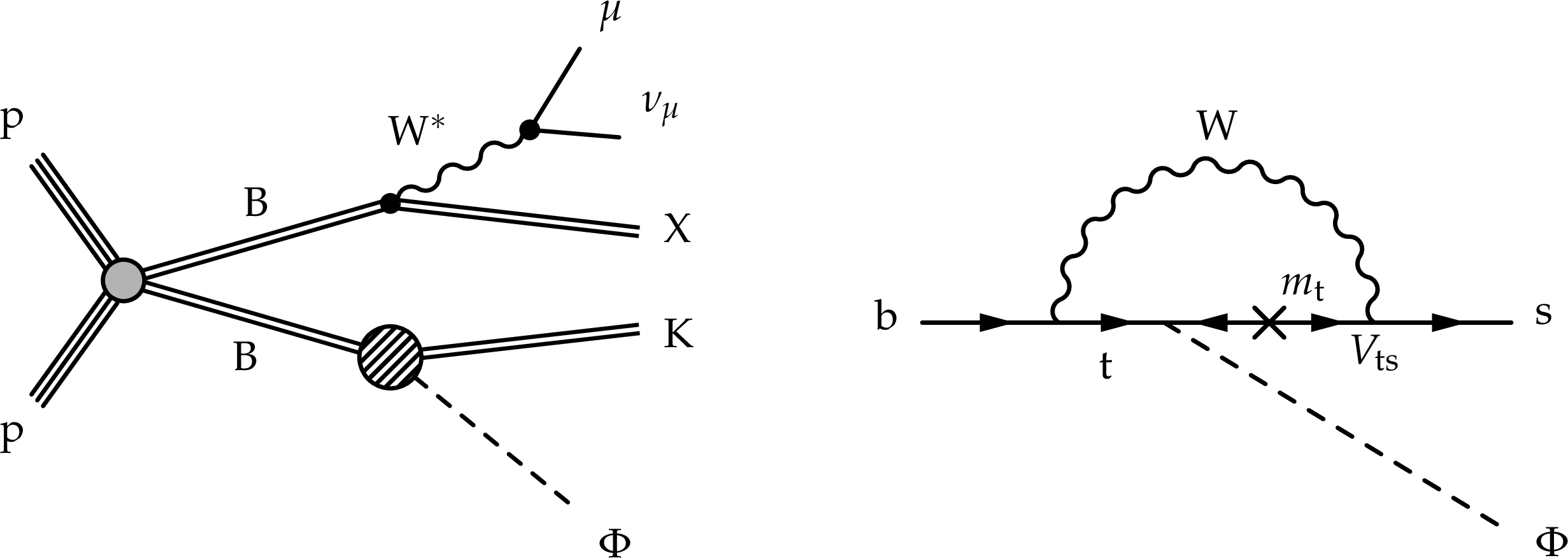
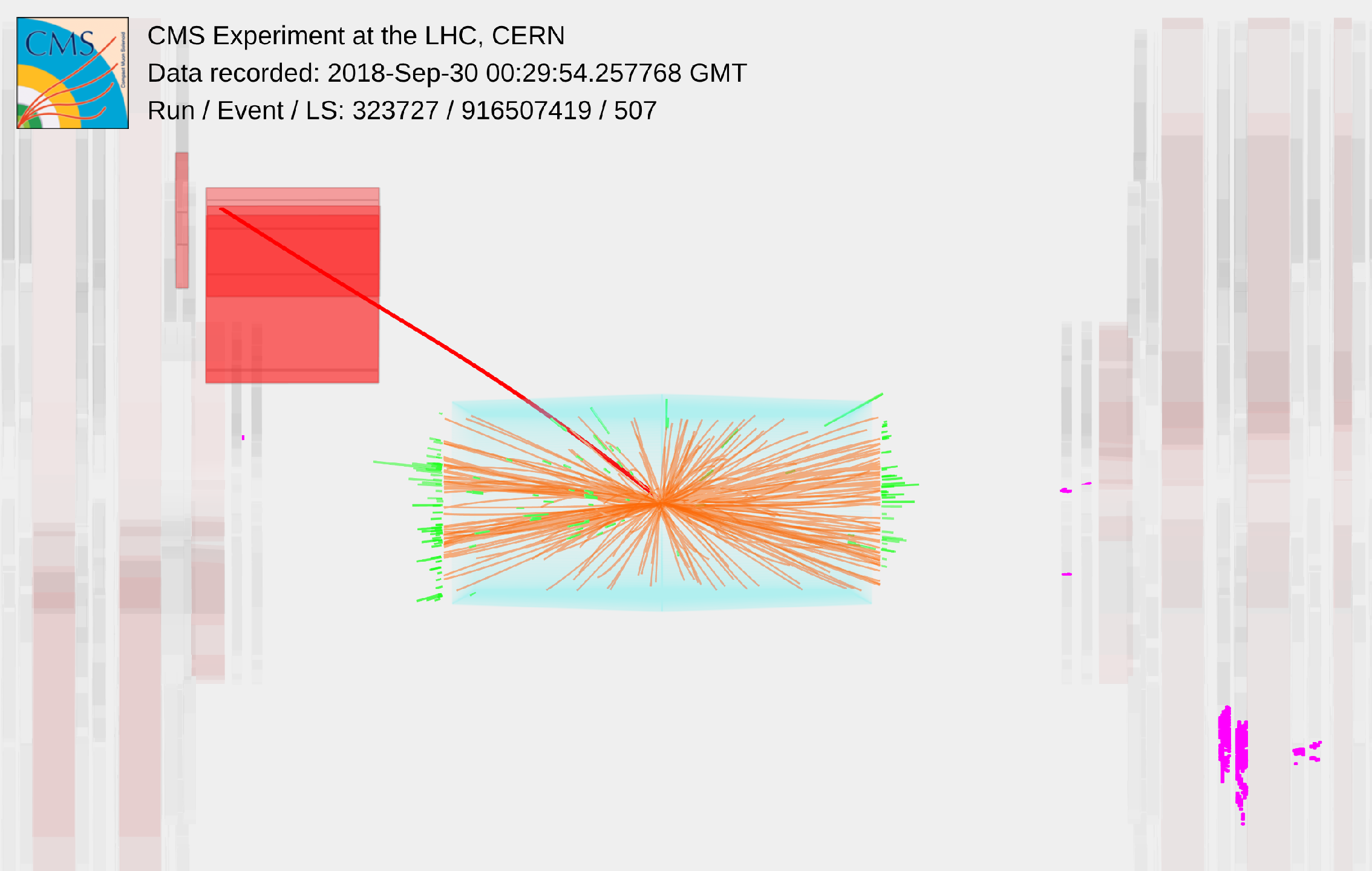
Page 8
CMS-EXO-24-004
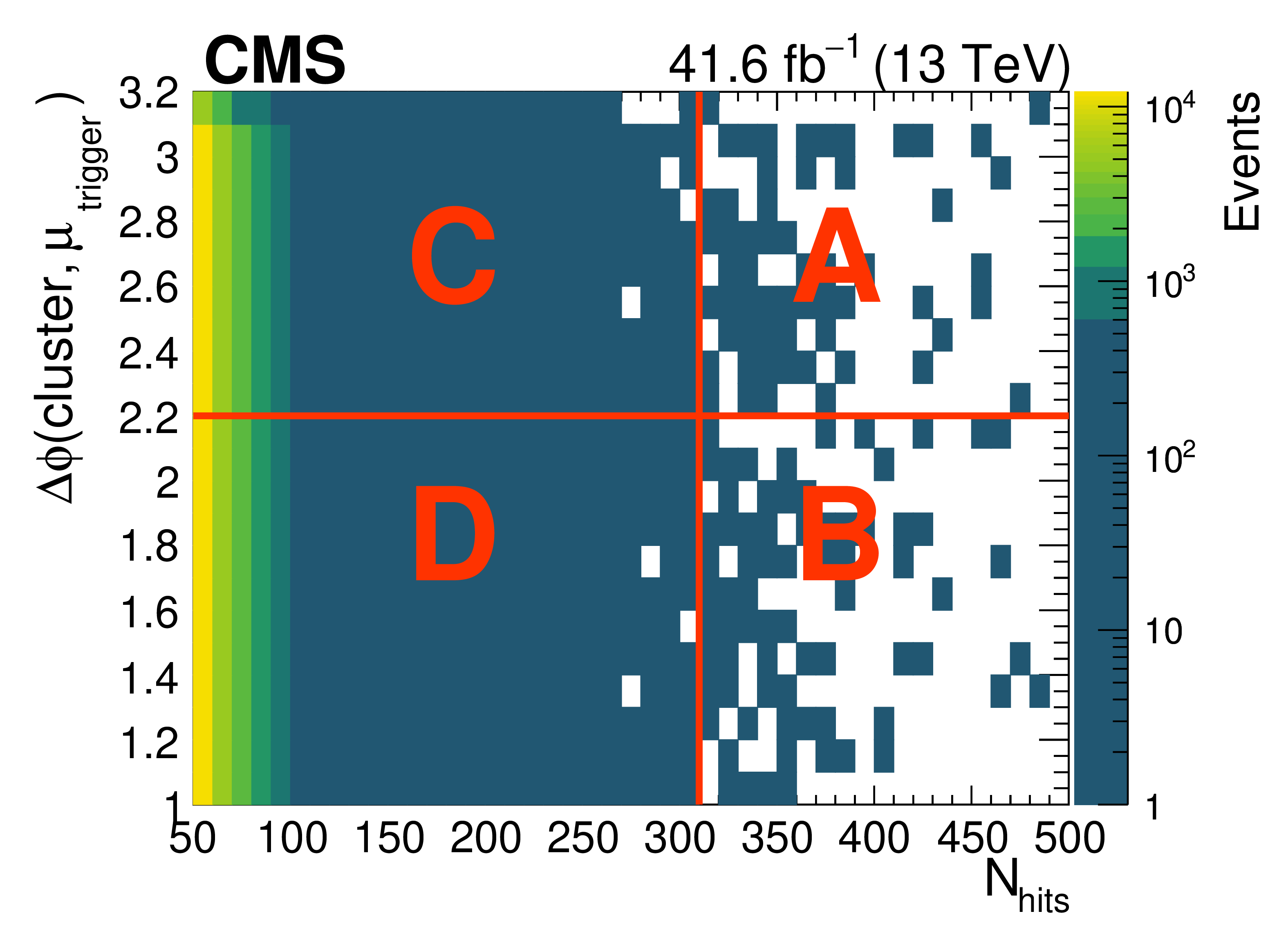
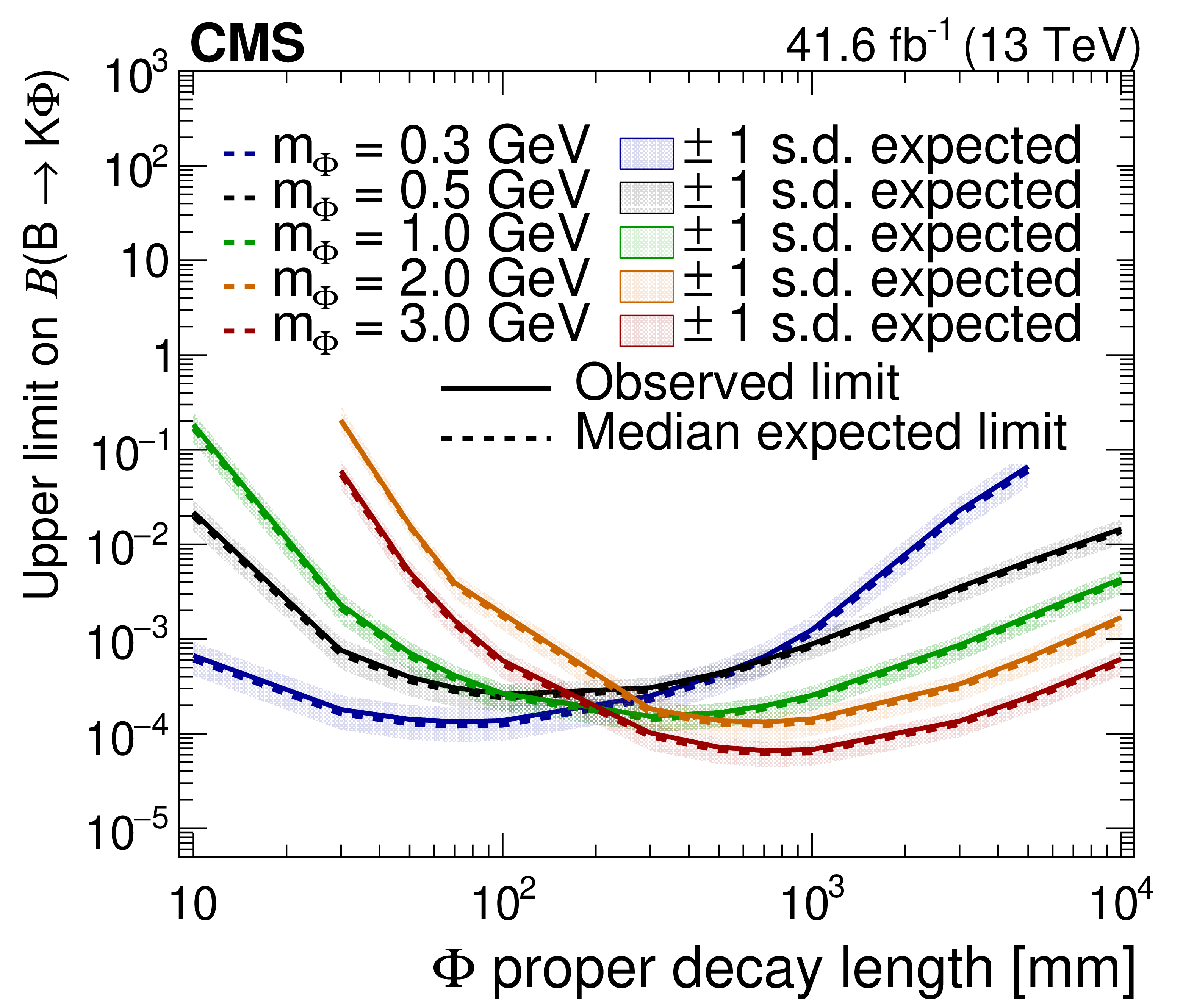
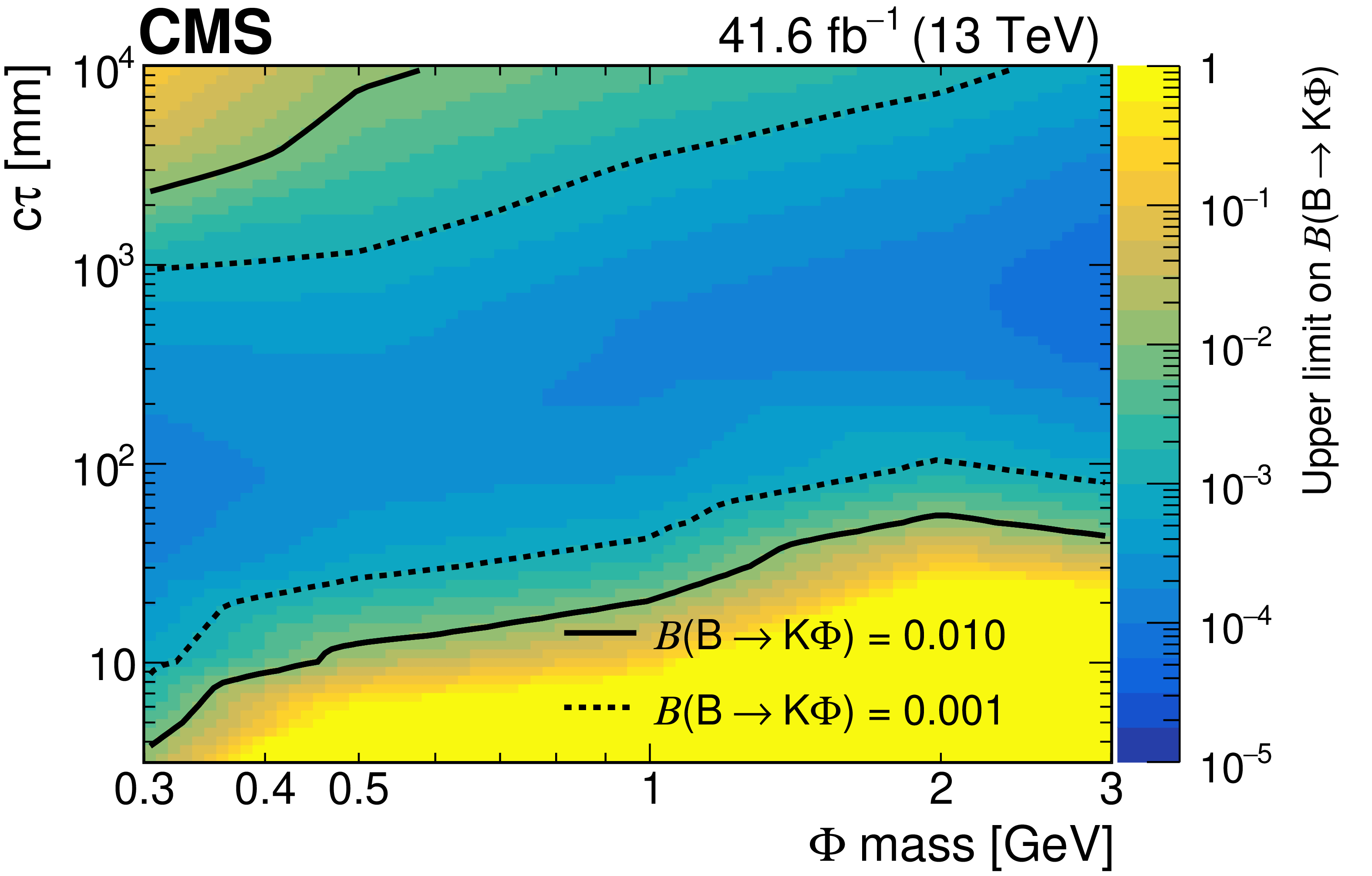
Page 9
ALPaca: The ALP Automatic Computing Algorithm
J. Alda et al
The ALP Automatic Computing Algorithm, ALPaca, is an open source Python library devoted to studying the phenomenology of Axion-Like Particles (ALPs) with masses in the ranges ma (0.01-10) GeV. ALPaca provides a flexible and comprehensive framework to define ALP couplings at arbitrary energy scales, perform Renormalisation Group evolution and matching down to the desired low energy scale, and compute a large variety of ALP observables, with particular care to the meson decay sector. The package includes support for UV completions, experimental constraints, and visualisation tools, enabling both detailed analyses and broad parameter space exploration.
Page 10
Distinguishing between Dirac and Majorana neutrinos at FASER
ShivaSankar K. A., A. Datta, D. Marfatia
Some of the simplest models for the origin of neutrino mass involve right-handed neutrinos (RHNs), which could be either Dirac or Majorana particles - a distinction that has profound implications for lepton number conservation and the fundamental nature of neutrinos. We investigate the potential of the FASER experiment to distinguish between these two possibilities using signatures predicted by the Standard Model Neutrino Effective Field Theory (SMNEFT), where RHNs interact with Standard Model particles through higher-dimensional operators. We focus on RHNs produced via B, D, K, and π meson decays at the Large Hadron Collider and their subsequent three-body decays within the FASER detector. The kinematic and angular distributions of the decay products in the RHN rest frame differ significantly for Dirac and Majorana RHNs, and these differences manifest as distinct spatial distributions of electron-positron pairs at FASER. Using Monte Carlo simulations and a χ2 analysis, we demonstrate that these spatial observables provide a robust experimental probe for determining the Dirac or Majorana nature of RHNs. For select production and decay operator combinations and RHN masses around 0.1 GeV, FASER can achieve discrimination at the 3σ level.
Page 11
Search for Dark Matter Scattering from Optically Levitated Nanoparticles
Yu-Han Tseng et al.
The development of levitated optomechanics has enabled precise force sensors that operate in the quantum measurement regime, opening up unique opportunities to search for new physics whose weak interactions may have evaded existing sensors. We demonstrate the detection of impulsive forces acting on optically levitated nanoparticles, where the dominant noise source is provided by measurement backaction. Using these sensors, we search for momentum transfers that may originate from scattering of passing particle-like dark matter. For dark matter that couples to Standard Model neutrons via a generic long-range interaction, this search constrains a range of models in the mass range 1-107 GeV/c2, placing upper limits on single neutron coupling strength as low as ≤ 1 x 10-7 at the 95% confidence level. We also demonstrate the ability of using the inherent directional sensitivity of these sensors to separate possible dark matter signals from backgrounds. Future extensions of the techniques developed here can enable searches for light dark matter and massive neutrinos that can reach sensitivity several orders of magnitude beyond existing searches.
Page 12
BESIII Collab.
Measurement of Born Cross Sections and Effective Form Factors of e+e- →Ω-Ω+ from √s= 3.7 to 4.7 GeV
Using collision data corresponding to an integrated luminosity of 22.7 fb-1, collected at center-of-mass energies between 3.7 and 4.7 GeV with the BESIII detector at the BEPCII storage ring, we measure the energy-dependent Born cross sections of e+e- →Ω+Ω- and the effective form factors of the Ω- baryon. The analysis employs a single baryon tagging method, and the results are consistent with theoretical predictions, providing critical constraints on the electromagnetic structure of the Ω- hyperon. No significant signal of charmonium or charmonium-like states decaying to Ω-Ω+ is observed in the investigated energy. This http URL paper supersedes the withdrawn work arXiv:2505.03180v1.
Page 13
Cosmic-ray tomography of shipping containers: A combination of complementary secondary particle and muon information using simulations
M. Prada et al.
Cosmic-ray tomography usually relies on measuring the scattering or transmission of muons produced within cosmic-ray air showers to reconstruct an examined volume of interest (VOI). During the traversing of a VOI, all air shower particles, including muons, interact with the matter within the VOI producing so-called secondary particles. The characteristics of the production of these particles contain additional information about the properties of the examined objects and their materials. However, this approach has not been fully realized practically. Hence, this work aims to study a novel technique to scan shipping containers by comparing and combining the complementary results from stand-alone secondary particles and muon scattering using simulated simplified scenes with a 1 m3 cube made out of five different materials located inside the container. The proposed approach for a statistical combination is based on a multi-step procedure centered around a clustering and segmentation algorithm. This ensures a consistent evaluation and comparison of the results before and after the combination focusing on dedicated properties of the reconstructed object. The findings of this work show a potential improvement over the results obtained solely through muon scattering due to the utilization of secondary particle information by applying this novel dual-channel cosmic-ray tomography analysis.